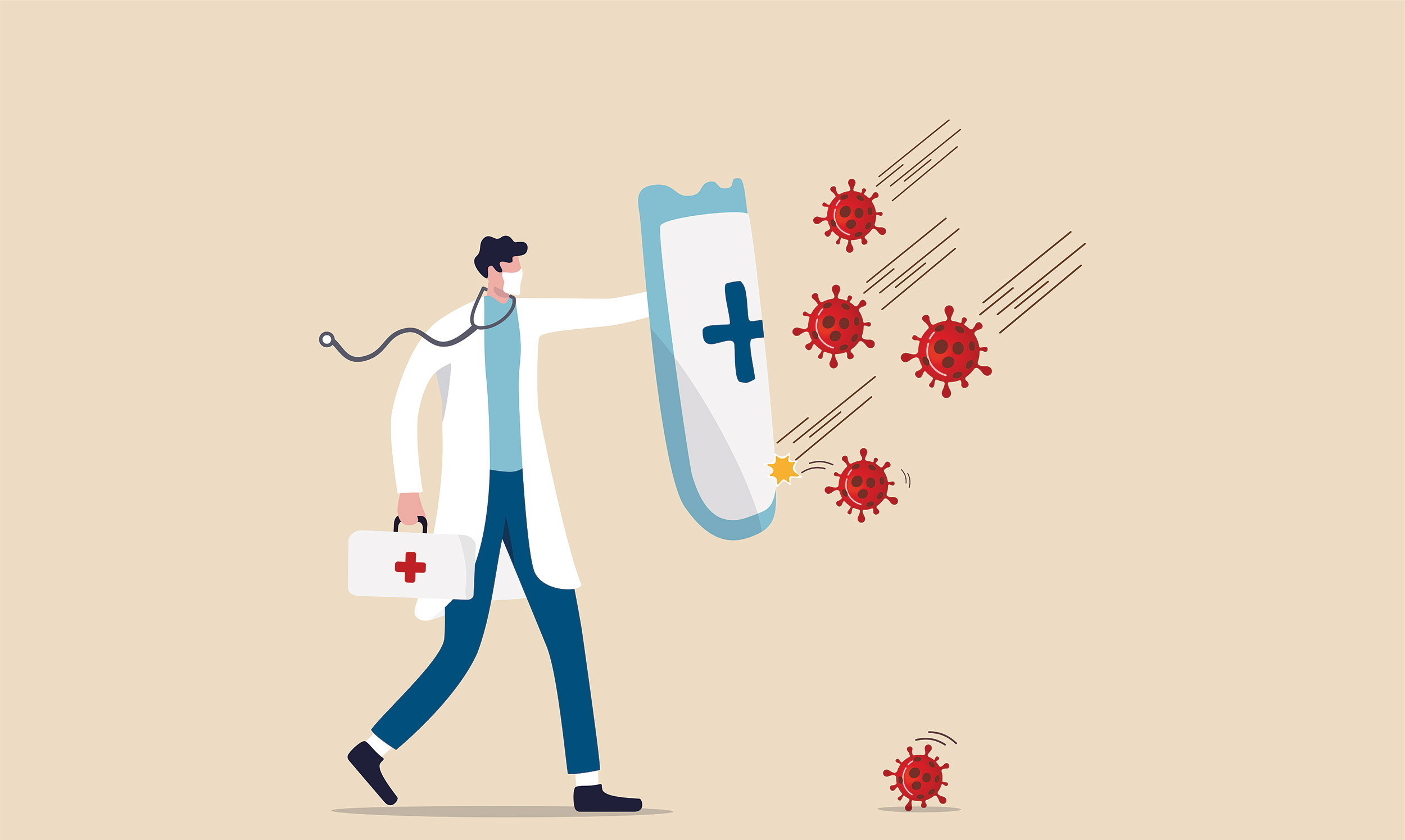
Institutions with an infection preventionist (IP) shortage should consider medical technologists (MT) with three to five years of experience to fill the void.
That’s the argument made in a poster presented at the APIC Annual Conference in Indianapolis.
MTs with those characteristics and “with additional education possess a strong foundational knowledge set for novice IP positions,” the study concludes. “Hiring managers should strongly consider MT applicants for open IP positions moving forward.”
The study set out to compare competency expectations between MTs and IPs in an effort to potentially bridge the professions while demonstrating that the former are viable candidates for open IP jobs.
MTs are “behind-the-scenes detectives in the health care industry.” They perform clinical laboratory procedures and collect and analyze samples of blood, tissue, and body fluids. They may be generalists or specialists.
Researchers found a 74 percent match between APIC’s 2019 competency model for IPs and the CDC’s model intended for MTs. When supplemental data was factored in for MTs with three to five years of experience and additional education, the competency domains rose to an 82 percent match.
The COVID-19 pandemic has only exacerbated an existing healthcare worker shortage, according to the poster, and IPs are no exception. For this reason, there ought to be an effort to broaden the scope of healthcare workers entering IP roles.
The novel coronavirus was naturally a recurring theme throughout the conference, which occurred in person for the first time in three years because of the pandemic.


